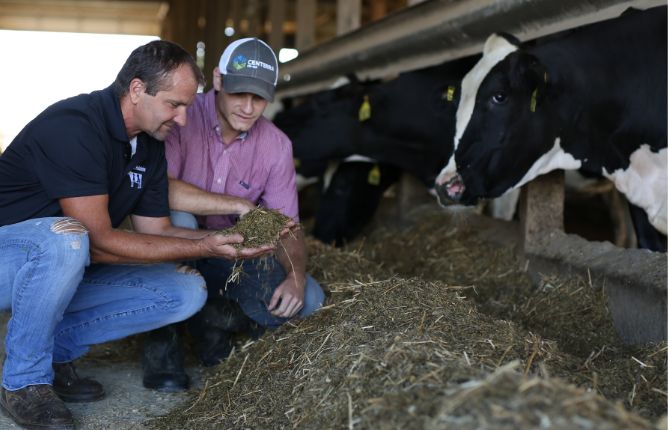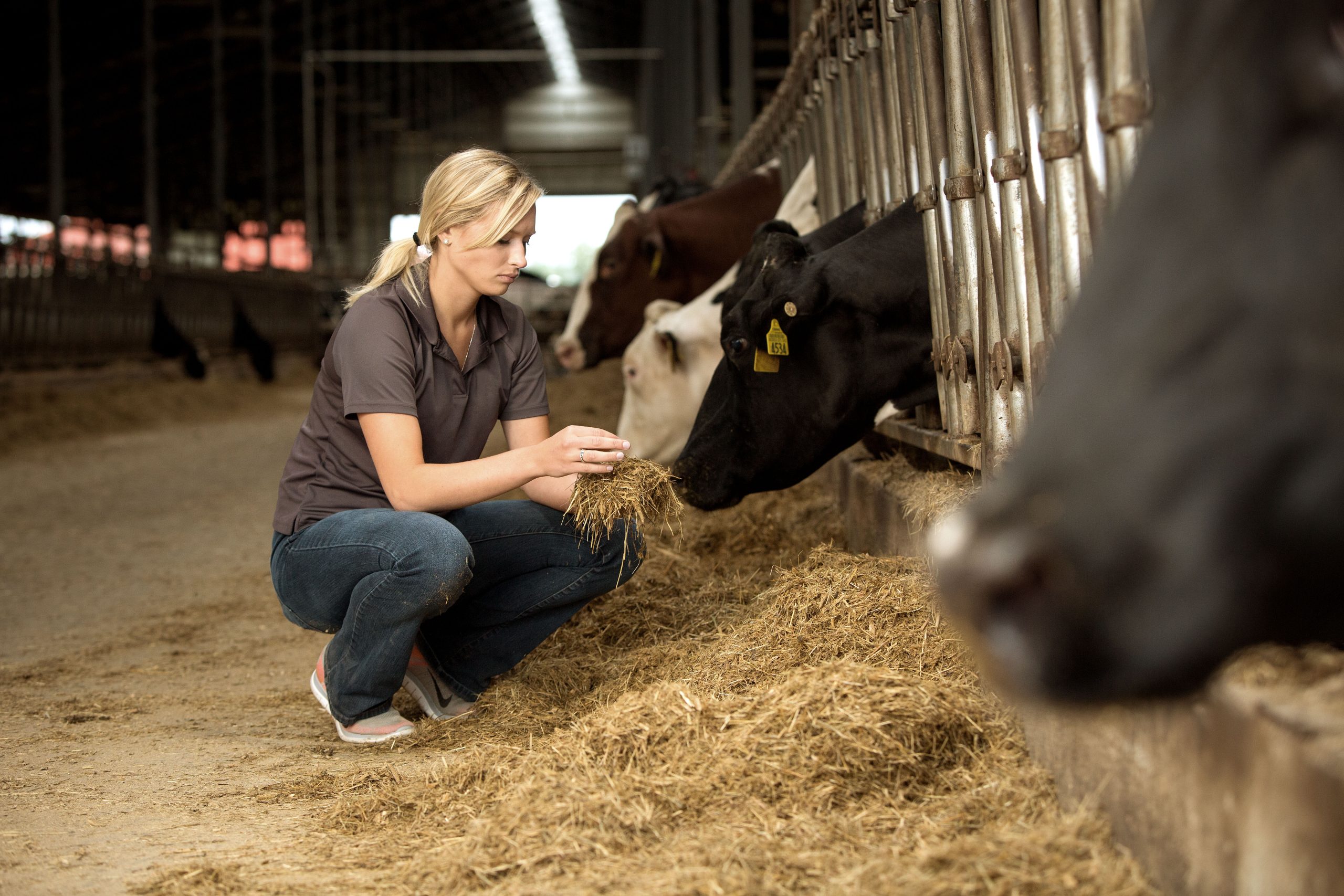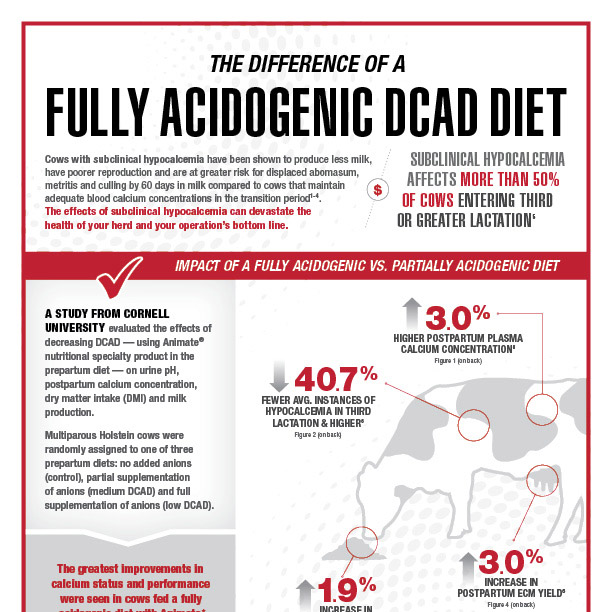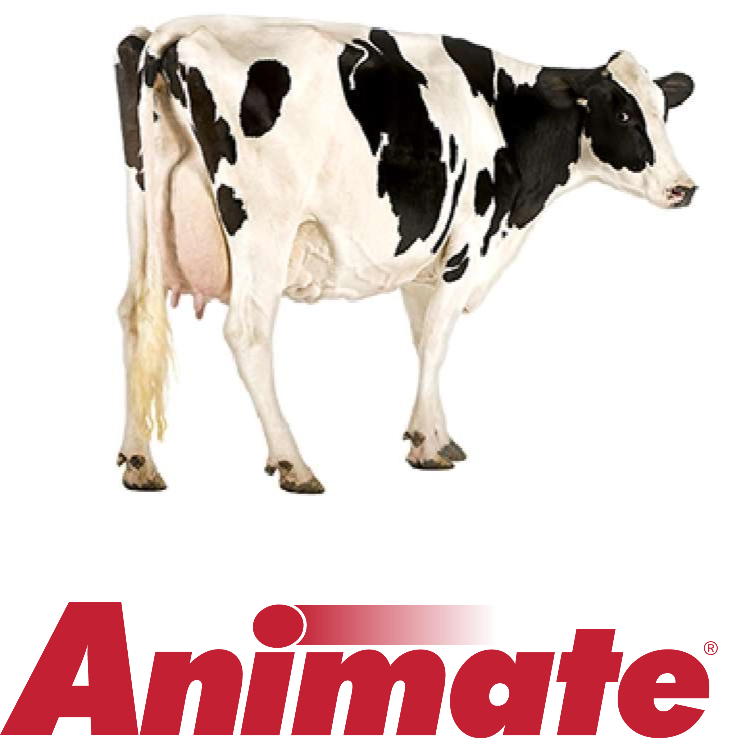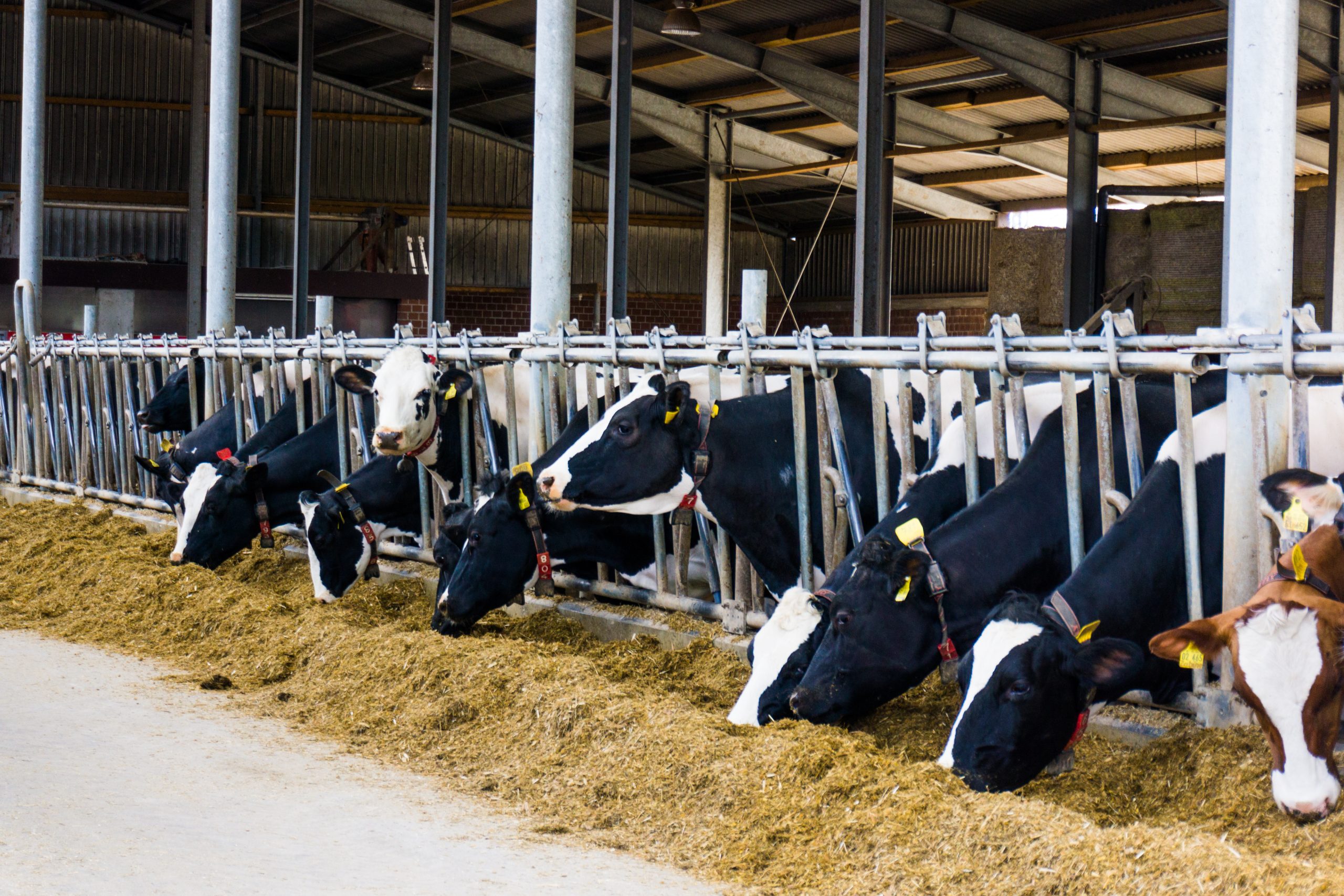
This article first appeared in Progressive Dairy in 2018.
Five reasons to make understanding DCAD nutrition a priority
By Dr. Ken Zanzalari
Animate Product Director, Phibro Animal Health
How cows are fed and managed through the transition period (generally accepted as the three weeks before and after calving) can determine how healthy, productive and profitable cows can be.
Like a well-thought-out game plan, when executed correctly, a properly fed and managed transition program provides cows the opportunity to express their genetic potential for profitability by minimizing health risks, maximizing milk yield and enhancing reproductive performance.
One of the key determinants of whether a cow will maximize its genetic lactation potential after calving is determined by blood calcium levels both pre- and post-calving. The adaptation required to meet the calcium demands for milk synthesis and other functions increases 6.25 times from late pregnancy to early lactation.
This increased demand for calcium requires the cow to be able to efficiently mobilize calcium from bone and absorb dietary calcium. If these mechanisms are unable to keep the cow in a state of normal calcium homeostasis, then the risk of calcium-associated metabolic disorders is increased, and production can be compromised.
Therefore, feeding and managing cows to optimize blood calcium status, and thereby reduce the prevalence and severity of clinical and subclinical hypocalcemia, will help enable the cow to perform at highly profitable levels. The best way to ensure proper blood calcium status in transition cows is through the feeding of acidogenic or negative DCAD diets during the last three to four weeks of the dry period.
Consider these five points as reasons why implementing a proper negative DCAD diet, along with routine monitoring, can help minimize low blood calcium levels (hypocalcemia) during the transition period, allowing maximum cow health and performance.
1. Estimates show implementing a properly balanced negative DCAD diet may provide a 4-to-1 payback. Depending upon the amount of anion supplementation needed to place a prepartum cow in a proper state of compensated metabolic acidosis (target urine pH of 5.5 to 6.0) and the choice of anion sources, the typical cost for adding acidogenic sources to the diet runs between 60 and 90 cents per cow per day.
Using the higher cost of 90 cents per day, the investment to maximize fresh cow health, milk production and reproductive performance is only $18.90 for a 21-day feeding period.
In a study conducted at Cornell University, it was observed cows fed a fully acidified anionic diet produced 6.9 pounds more milk than cows fed a non-anionic diet. Taking only the benefit of increased milk yield and a mailbox price of $16 per hundredweight of milk, cows fed the fully acidified anionic diet would return a 4-to-1 payback by day 70 of lactation.
2. Cows affected by subclinical hypocalcemia are less productive and less profitable, costing dairymen an estimated $125 per case. Because subclinical hypocalcemia affects a much higher percentage of cows, lost revenue associated with this condition far exceeds that of clinical hypocalcemia.
In 2012, researchers calculated the economic loss to a 2,000-cow dairy, with a 2 percent annual incidence of clinical hypocalcemia (at $300 per case) to be approximately $12,000 per year. If the same herd has a 30 percent annual incidence of subclinical hypocalcemia (at $125 per case) in second-and-greater-lactation cows (65 percent of cows in the herd), the loss is approximately $48,750 per year.Thus, the economic loss from subclinical hypocalcemia can be more than four times greater than that from clinical hypocalcemia.
3. Hypocalcemic cows have increased risk of developing retained placenta, metritis and displaced abomasum. The detrimental effects of low blood calcium on periparturient dairy cow health are far-reaching, as hypocalcemic cows are predisposed to metabolic and infectious disorders.These cows are also less productive. This is because calcium is an essential mineral required for proper muscle and nerve function. Cows experiencing low blood calcium levels around the time of calving are more susceptible to dystocia, uterine prolapse and displaced abomasums due to decreased muscle contractions.
Calcium is critical for effective immune cell function, and cows with hypocalcemia are at an increased risk for developing immune-related infectious diseases such as mastitis, retained placenta and metritis. In a University of Florida study, they found subclinical hypocalcemia impaired neutrophil phagocytosis and oxidative burst, increased the incidence of uterine diseases and reduced pregnancy rates.
4. Feeding pre-fresh cows a negative DCAD diet may increase milk yields. One of the most consistent responses observed in cows fed anionic diets prepartum is increased milk yields. In 1984, it was observed cows fed an anionic diet for 45 days prepartum produced 1,071 pounds more milk over a 305-day lactation than cows fed a non-anionic diet prepartum.
Researchers in 2010 reported cows fed anionic diets for 21 days prepartum produced, on average, more than 14 pounds more milk than cows fed a non-anionic diet prepartum. Work published in 2012 demonstrated cows with blood calcium concentrations of 8.4 milligrams per deciliter or less within the week prior to parturition and for up to three weeks after calving produced significantly less milk than cows with blood calcium concentrations greater than 8.4 milligrams per deciliter.
Researchers in 2017 observed cows fed a partial or fully acidified anionic diet for 24 days prepartum produced 3.5 and 6.9 pounds more milk, respectively, than cows fed a non-anionic diet prepartum.
5. Choosing the source of anions and the proper level of acidification necessary for maximum results in your herd is important. Equally important is choosing a supplier that can assist in implementing, measuring and monitoring the success of your program.
Ken Zanzalari has a Ph.D. in animal science from the University of Tennessee.
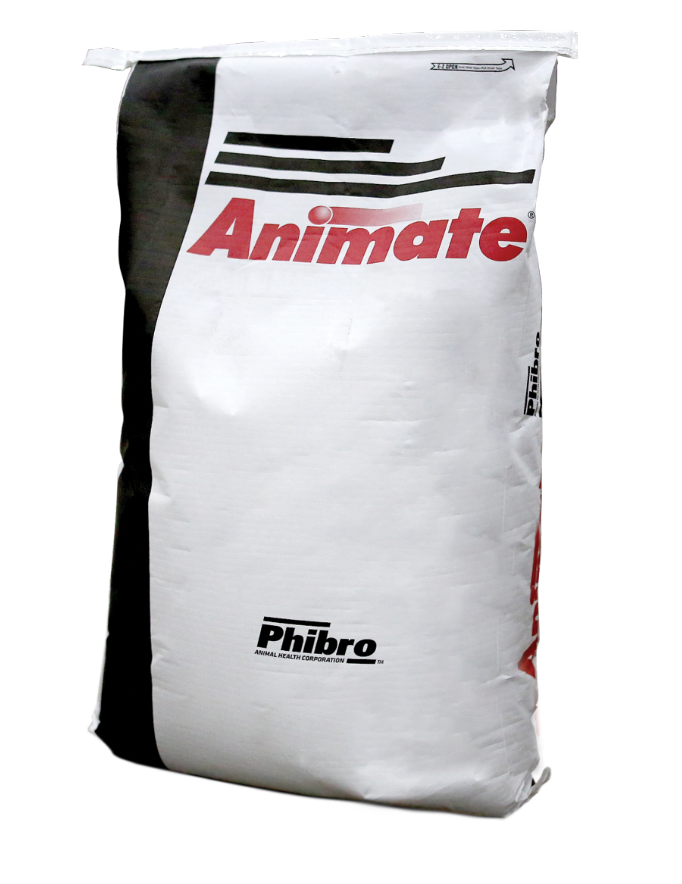
Start with the Right Anion Source
Animate® nutritional specialty product is a unique and patented anionic mineral that has been shown to help keep transition cows healthy and productive.
Learn about Animate







